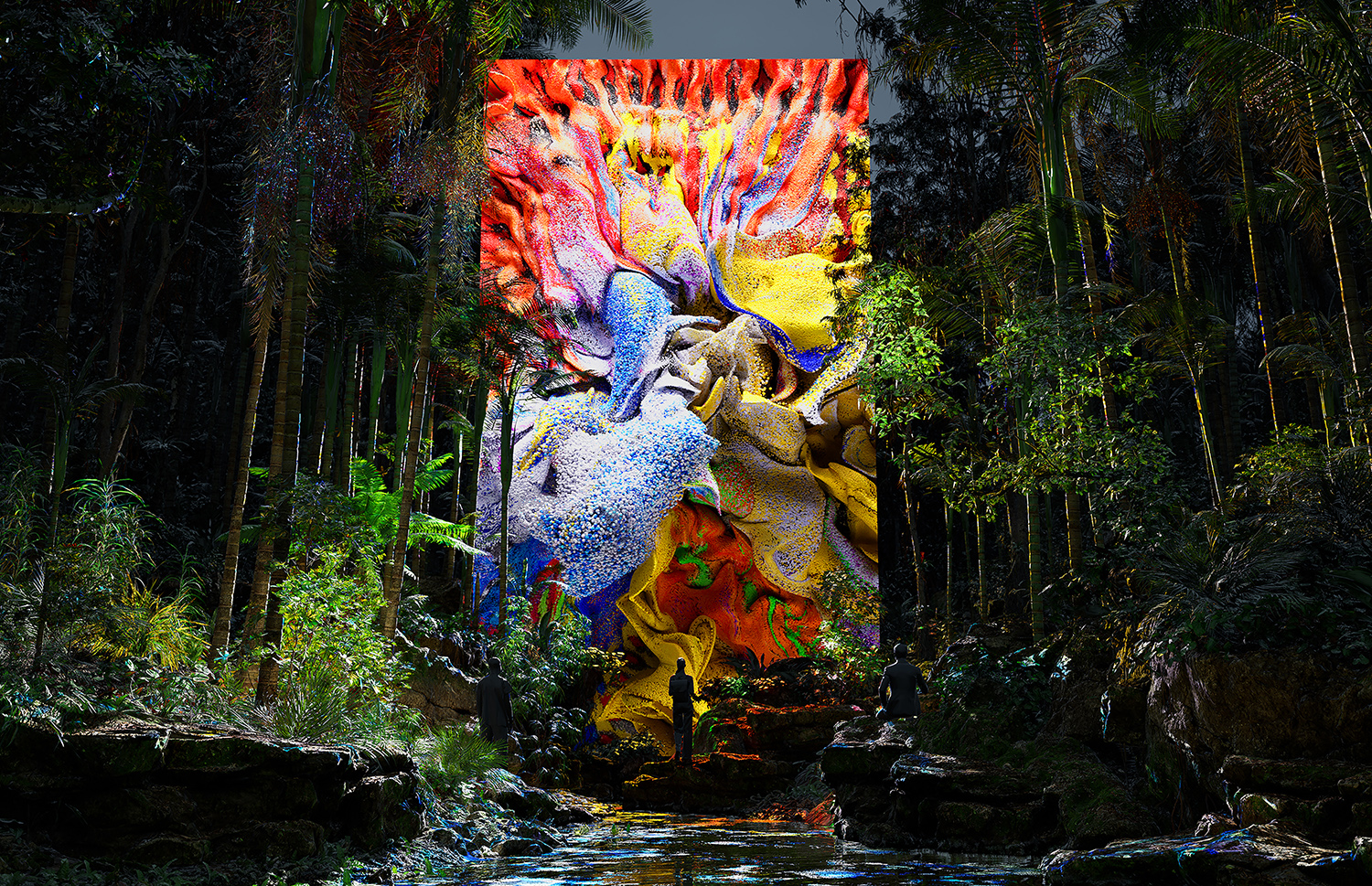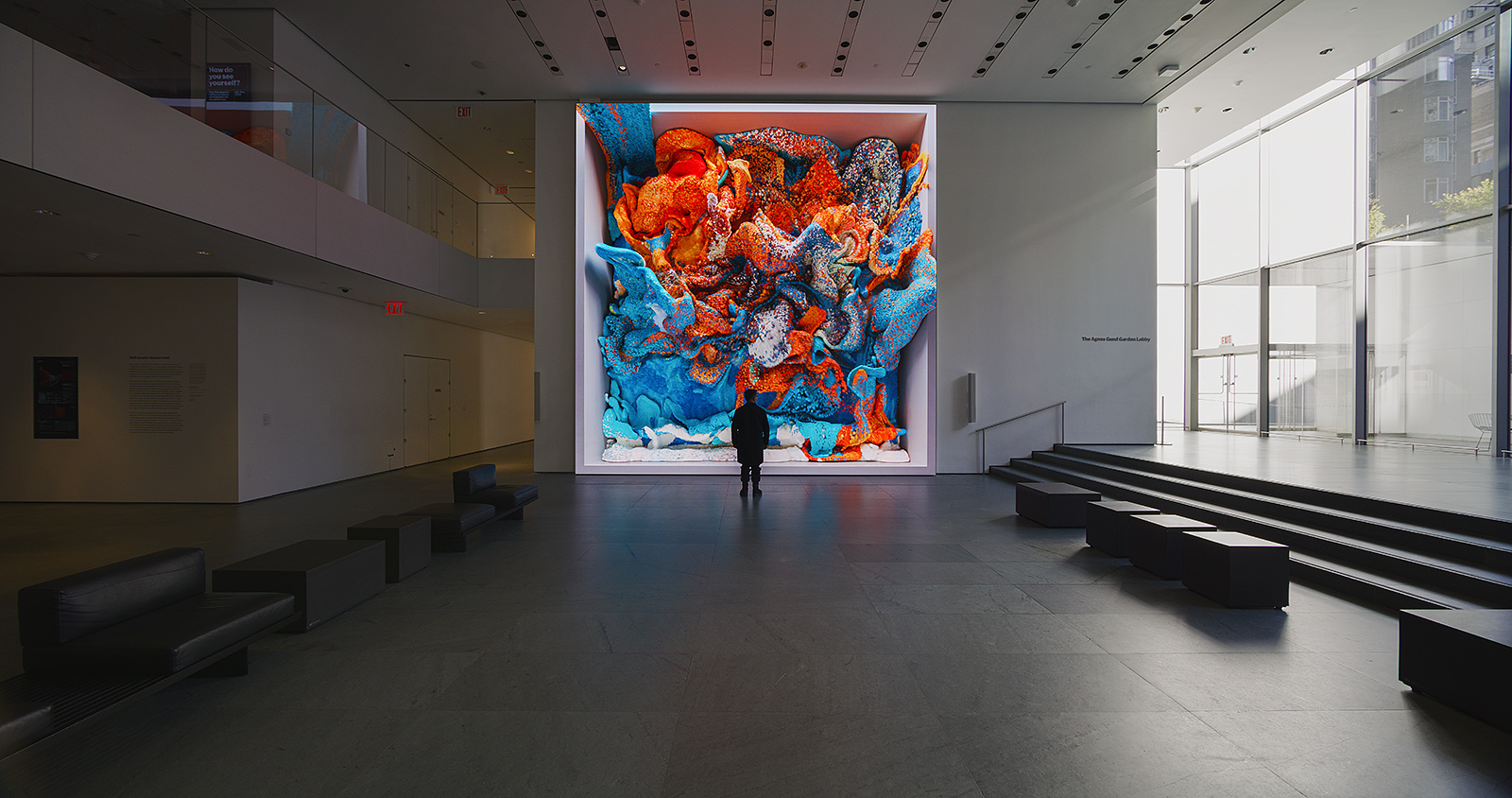
AI and Art: A Closer Look. The good, the bad and the ugly
AI is reshaping the art world, opening doors to new creative possibilities while challenging our ideas of authorship and expression. As artists, we face both excitement and unease, caught between speed, innovation, and the human touch. This is not a journey but a first look—opening the door to the good, the bad, and the ugly of AI in art.
The Good
It’s not the first time the arts have faced a technological revolution. In the 19th century, the arrival of photography transformed visual culture. The camera not only threatened portrait painters and gave birth to a new medium, but it also changed the role of painting itself. With photography taking over the task of faithful representation, painters were freed to explore light, color, and perception in new ways—opening the path for movements like Impressionism and beyond.
When I first started writing this piece, I was full of fear and skepticism about AI. I work as a filmmaker and scriptwriter—professions that are costly and time-consuming, especially if you pay everyone fairly. My first reaction was raw fear. The fear of being replaced. The fear of falling behind. The fear that AI would write better scripts than I ever could.
So, I signed up for a ChatGPT scriptwriting class. That’s where I made an unexpected discovery: ChatGPT doesn’t like conflict. For the model, everything tends to end neatly, with everyone living happily ever after. In my work, I often explore uncomfortable subjects, including sexual abuse. I noticed how unsettled ChatGPT became when I asked it to write dialogues or stories on these topics. That realization thrilled me. I suddenly appreciated my ability to dwell in the uncomfortable, the sad, and the ugly.
Slowly, the fear fell away and was replaced by intense curiosity. I began experimenting with different tools: Sora, Gemini Pro, DALL·E, and MidJourney. The images and videos were impressive and appeared within seconds. But every result still required careful prompting, especially if I wanted something very specific. Thankfully, AI still needed me.
The more I explored, the more I realized that these tools could help me create things I had always dreamed of—projects that would have been prohibitively expensive with special effects or animation. The hours saved! The budget spared! My imagination ran free, and I let it. I created images and videos, refining them over days until I felt they were finished.
And here, I began to recognize something I also saw in the work of established AI artists. Mario Klingemann, a German pioneer of AI art, uses both open tools and custom code to push the medium forward. His work shows that strong artistic vision can shine through, even when the medium is machine-assisted. Similarly, Sofia Crespo embraces AI as a way to augment creativity. In her TED Talk, she notes that artists often rely on memory or existing images; AI, she argues, helps us imagine what we’ve never seen before.
These examples reassured me. It’s not about how many prompts you write, or whether AI dips into massive datasets. What matters is whether the final work carries a distinctive voice. In Klingemann’s and Crespo’s art, I immediately recognize their handwriting. Their styles are unmistakable. Their pieces feel new, thought-provoking, and deeply their own.
Refik Anadol makes this point in another way. For his 2022 exhibition Unsupervised at MoMA, he and his team fed the museum’s entire archive into an AI system—not to mimic reality but to dream. The result was, in his words, “truly multidimensional imagination.” His approach made me realize that AI doesn’t have to compete with human creativity; it can become a partner in stretching imagination into uncharted spaces.
That’s the good news: AI is not simply replacing creativity, but offering us new ways to expand it— if we bring our own vision, curiosity, and artistic handwriting to the table.
Unsupervised, 2022, Author Refik Anadol

The Bad
I’m a filmmaker, so naturally my work takes a very long time. Some scripts can take four years to ripen, others seven or more. Don’t get me wrong—it can be frustrating to wait that long before something feels ready. But there’s also a deep sense of pride and satisfaction in it.
I’ve never climbed huge mountain, but I imagine it’s similar: the sweat dripping, the muscles aching, and then the view opening up to the horizon, filling you with a profound sense of achievement.
I once had a teacher—a true character, with a white moustache and a flair for the dramatic—who always urged us to go to the theatre to feel catharsis. Catharsis is an emotional cleansing, a kind of purification. That’s how writing feels to me. It’s painful at times, but it lightens me, it cleanses me.
This is exactly what’s missing when I create an image with Sora or a text with ChatGPT. Even after twelve prompts, even if the result is beautiful and exactly what I asked for, I feel strangely empty. There is no catharsis.
And on the other hand, I have talked to a lot of artists who don’t feel a sense of ownership when they publish a piece that was made with AI tools, sometimes even feeling like a fraud for putting it out.
The Ugly
Kate Crawford, professor, artist, and author of «Atlas of AI, calls this moment a generative turn: an inflection point where everything from illustration to filmmaking to publishing is being reshaped by machines that were never neutral to begin with.
As artist Trevor Paglen argues, AI is not just a technical system—it’s a cultural and political one. The datasets it relies on are not objective mirrors of the world, but curated and filtered collections of images, voices, and texts. What we see in the outputs is already shaped by hidden biases, exclusions, and the agendas of the corporations who build and own the tools.
Photographers know this all too well. Pulitzer Prize–winner Daniel Etter, along with hundreds of colleagues, signed an open letter to Meta demanding that their Instagram and Facebook photos not be used to train AI. They stressed that scraping journalistic and documentary work without consent
doesn’t just “rob humans of art and creative expression”—it undermines public trust at a time when truth in imagery is crucial to democracy.
And then there’s the planetary cost. In their 2018 project Anatomy of an AI System, Crawford and Vladan Joler revealed the hidden supply chain of AI—from the rare minerals in its hardware, to the energy and water powering data centers, to the invisible human labor behind dataset labeling. AI doesn’t just consume art. It consumes a lot of resources.
Final thoughts
We are only at the beginning. Whether we meet this change with fear, curiosity, or both, AI is already part of the art world and will shape it for years to come. That makes it urgent to push for stronger protections for artists and clearer boundaries on consent.
But we also need to allow ourselves to be curious—to experiment, to see what this new tool can do, and how it might inspire us to grow as artists. Because in the end, whether we hold a pencil, a paintbrush, a camera, or an AI tool, we are all trying to express something that moves us.
Written by Daniela Univazo (yes, she used Chatgbt as an assistant for writing this piece)
Daniela Univazo